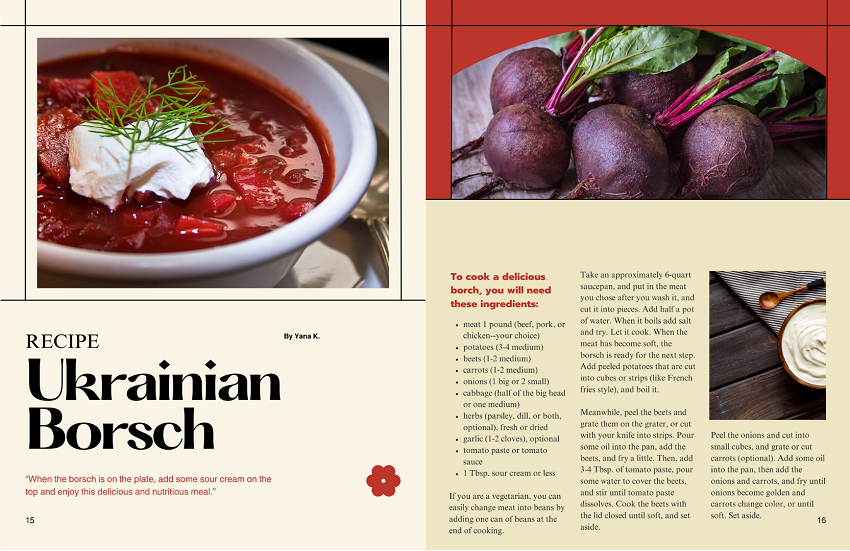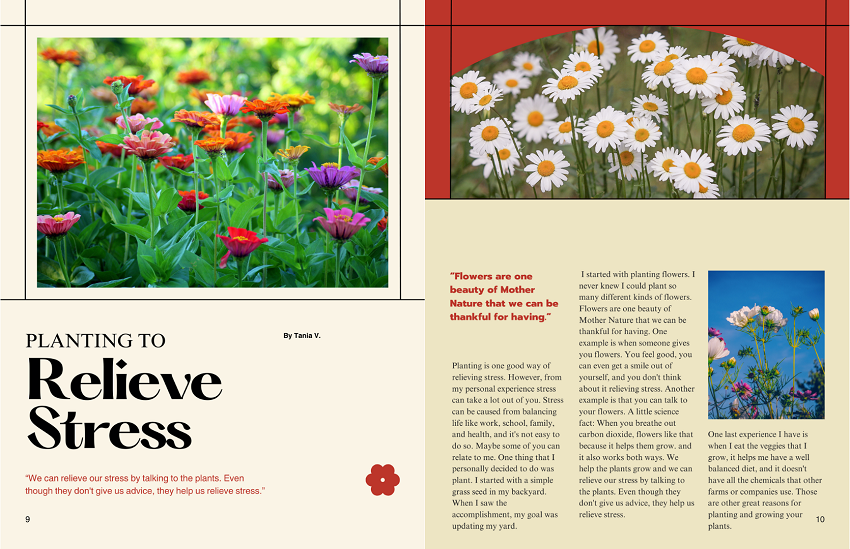- MN ABE Connect
- Archive
- Student Magazine to Showcase Writing
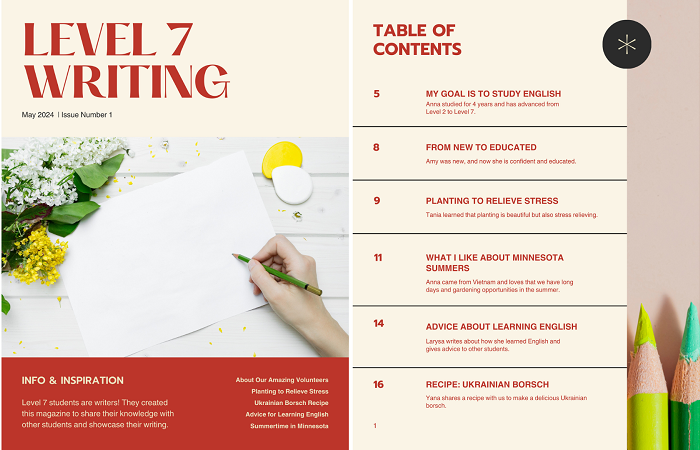 June 10, 2024
June 10, 2024
Student Magazine to Showcase Writing
Kristy Cannon, InstructorWe should all be so lucky to wield the power of the pen–or the keyboard. Writing can be an extraordinarily challenging undertaking for many students, but what a powerful tool the skill is to carry throughout life. Many students view writing as a skill that is nearly impossible to develop and certainly don’t see themselves as “real” writers or their writing as “real” writing. I would venture a guess that none of our Level 7 students at Metro North Blaine ever expected to be published authors. But now, they can beam with pride over their status as just that. This is because our Level 7 students just published the first issue of a writing magazine!
The background
Our Level 7 students have been increasingly challenging themselves by regularly creating provisional and readable writing. I wanted them to have the opportunity to create polished writing, as well.
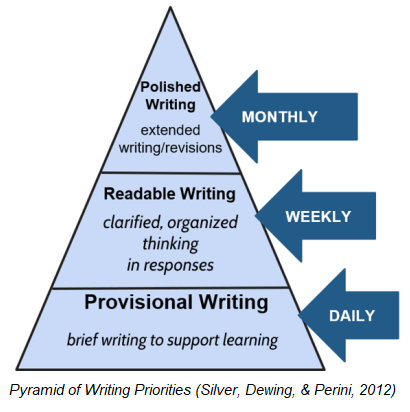 Often students don’t view their writing as “real” writing. Their lack of confidence can prevent them from seeing the power and beauty in their words. My idea as their writing instructor was that if they could see their writing in a stunning layout with visually appealing pullout quotes, captivating titles, and colorful photos, they would see it in a new way and get excited about the possibilities.
Often students don’t view their writing as “real” writing. Their lack of confidence can prevent them from seeing the power and beauty in their words. My idea as their writing instructor was that if they could see their writing in a stunning layout with visually appealing pullout quotes, captivating titles, and colorful photos, they would see it in a new way and get excited about the possibilities.
Furthermore, I wanted them to write for an authentic audience rather than just their teachers. Research supports the practice of showcasing student writing for authentic purposes to enhance motivation and engagement. I also wanted their work to stick around for a while so they could see that what they create matters and has lasting meaning.
Community matters
Because I work with both Level 2 and Level 7 students, I see a strong connection between the two groups. Level 2 students often mention their goal to advance to Level 7 to get their GED. My idea was for Level 7 students to write articles for a magazine that would appeal to other students at our school, many of whom are English learners, that they could flip through on break.
 Community matters within the classroom and within the school, especially in adult education, and this felt like a bridge to bring students together. In this vein, I wanted to include translations where possible so lower-level English learners could access the text in some way, but also to honor and leverage Level 7 students’ full linguistic repertoire, and to open all readers’ eyes to the many languages and cultures our program embodies.
Community matters within the classroom and within the school, especially in adult education, and this felt like a bridge to bring students together. In this vein, I wanted to include translations where possible so lower-level English learners could access the text in some way, but also to honor and leverage Level 7 students’ full linguistic repertoire, and to open all readers’ eyes to the many languages and cultures our program embodies.
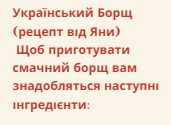 It’s not just the learners who benefit from the translations. It’s all of the readers who can’t actually read them but take a moment to pause and say, “Oooh, what language is THAT?!” and recognize the brilliance of our students and the contributions they have to offer. Additionally, the rich images were an important element to make the project appealing and accessible to as many students as possible.
It’s not just the learners who benefit from the translations. It’s all of the readers who can’t actually read them but take a moment to pause and say, “Oooh, what language is THAT?!” and recognize the brilliance of our students and the contributions they have to offer. Additionally, the rich images were an important element to make the project appealing and accessible to as many students as possible.
Creation process
As much as I could, I involved the students in the magazine’s creation so they would see it come together and realize how much they had to contribute to a finished product like this. I used Canva to lay out the pages, and I shared a link to the draft so students could see the progress unfold.
- Topic choice: I asked students to brainstorm article ideas and choose the topics they wanted to write about, keeping their audience in mind. Informally, we used mentor texts as models.
- Translations: I asked those who wanted to or could to submit translations for their articles. Also, I asked for translations for our editorial welcome letter.
- Photos: I gave students the option to submit a headshot photo to place alongside their text. I also gave them the option to submit photos to accompany their articles, or tell me their visions to guide me in selecting photos.
- Bios: I requested that students submit short bios for our About Our Writers page.
Revision process
We produced this first issue of our magazine very quickly–in about two weeks. We did it so speedily because it was a new project, and I wasn’t sure if everyone could truly envision the final product how I could. Because of this quick turnaround, our revision process occurred in various ways. Online students gave each other informal feedback in breakout rooms. In-person students worked with me and a volunteer to muddle through problem areas, distill main ideas to write titles, and read articles aloud with intonation to find run-on sentences and punctuation mistakes.
Reflection process
After we finished the magazine, I gave students time to read each other’s articles and write feedback via a Google Form. The responses were so warm and kind. Students complimented the beauty of each other’s languages and shared camaraderie over stories and perspectives they could relate to. Indeed, we strengthened our community in a meaningful way.
“Arabic is a very beautiful language.”
“I also was very scared on my first day.”
Other students in the class who had been absent expressed their amazement at this project and said they hope we do it again soon so they can contribute before they graduate. Yes, students are asking to write. Truly, this project has been a way to show students that writing can be fun and meaningful, rather than frustrating and overwhelming.
Another exciting result of this project was that two of our students’ articles were selected to be read at our Metro North consortium-wide graduation, which was live streamed and attended by Anoka-Hennepin School District’s school board members and superintendent, among others. The students were so honored to have the opportunity to share their words and experiences with a much larger audience.
The Level 7 Writing magazine can be viewed online, which students enjoy so they can share it with their friends, family, and neighbors. Additionally, I printed a few hard copies and bound them with yarn and beads to make them intriguing to other students in our school to flip through at the break tables. And that they do. Level 7 authors keep me updated on when they see students looking through the magazines, and we share so much excitement in that.
We can’t wait to create our next issue!

Newsletter Signup
Get MN ABE Connect—the official source for ABE events, activities, and resources!
Sign UpArticle Categories
- ABE Foundations/Staff Onboarding
- ACES/Transitions
- Adult Career Pathways
- Assessment
- CCR Standards
- Citizenship
- COVID-19
- Cultural Competency
- Digital Literacy/Northstar
- Disabilities
- Distance Learning/Education
- ELA
- Equity/Inclusion
- ESL
- HSE/Adult Diploma
- Listening
- Math/Numeracy
- Mental Health
- Minnesota ABE
- One-Room Schoolhouse/Multilevel
- Professional Development
- Program Management
- Reading
- Remote Instruction
- Science
- Social Studies
- Speaking/Conversation
- Support Services
- Teaching Strategies
- Technology
- Uncategorized
- Volunteers/Tutors
- Writing
